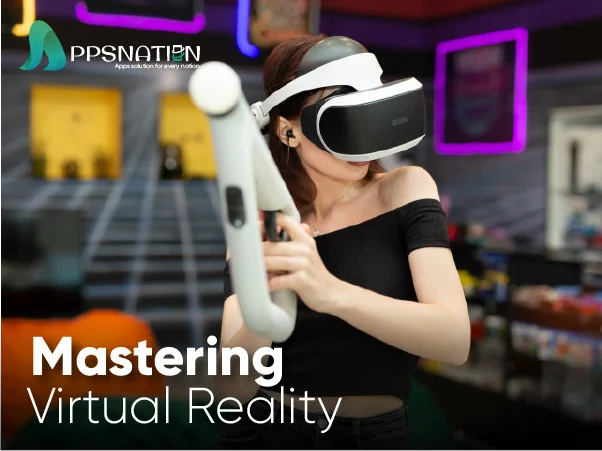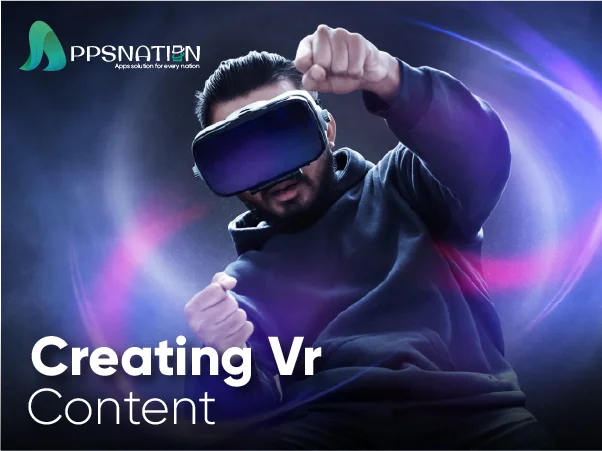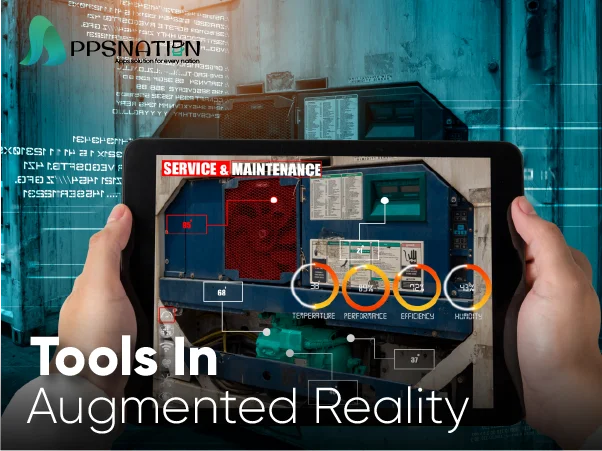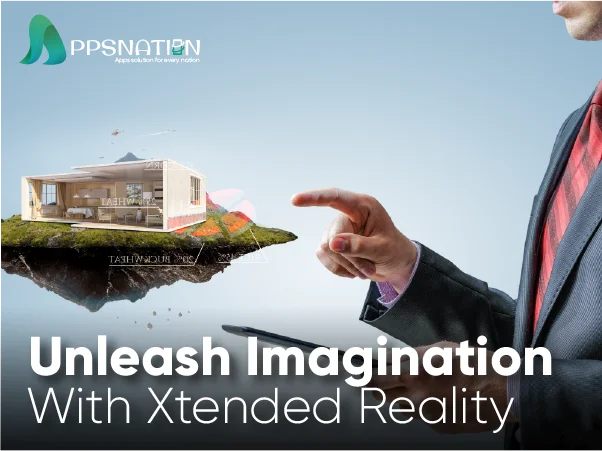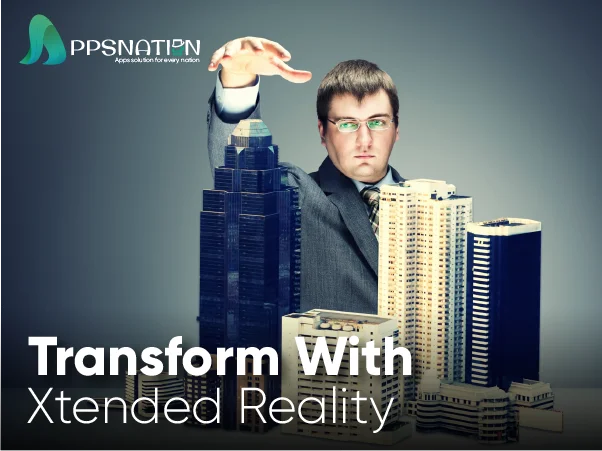Virtual Reality (VR) has emerged as one of the most exciting and transformative technologies in recent times. It allows users to immerse themselves in simulated environments, creating an experience that feels almost real. From entertainment to education, VR has found applications in various fields, captivating the imagination of people worldwide. In this article, we will delve into the world of virtual reality, exploring the tools and techniques that contribute to mastering this revolutionary technology.
Table of Content
| 1 | Introduction to Virtual Reality |
| 2 | Understanding Virtual Reality Systems |
| 3 | VR Content Creation |
| 4 | Interaction in Virtual Reality |
| 5 | VR Development Platforms and Engines |
| 6 | VR Design Principles |
| 7 | Hardware Advances in VR |
| 8 | Augmented Reality (AR) vs. Virtual Reality (VR) |
| 9 | Applications of VR Across Industries |
| 10 | Social Impact and Ethical Considerations |
| 11 | Future Trends in Virtual Reality |
| 12 | Conclusion |
| 13 | FAQs (Frequently Asked Questions) |
Introduction to Virtual Reality
Virtual Reality is an artificial environment generated by a computer that simulates a realistic experience. Through the use of specialized hardware and software, users are transported to a digitally created world where they can interact and explore. The goal of VR is to create a sense of presence, making users feel as if they are truly present in the virtual environment.
Understanding Virtual Reality Systems
To achieve the immersive experience, a typical VR system comprises various hardware and software components. On the hardware side, there are head-mounted displays (HMDs), motion-tracking sensors, and input devices like controllers. The software components include VR applications and interactive content designed for different experiences.
VR Content Creation
Creating content for virtual reality involves several techniques and tools. 3D modeling and animation are essential for constructing virtual worlds, while 360-degree videos and photographs offer panoramic views. Moreover, integrating spatial audio enhances the sense of realism, making the VR experience more captivating.
Interaction in Virtual Reality
Interactivity is a crucial aspect of VR experiences. Hand and gesture tracking enable users to manipulate objects in the virtual environment. Additionally, controllers equipped with haptic feedback provide tactile sensations, further deepening the sense of presence.
VR Development Platforms and Engines
Several development platforms and engines facilitate the creation of VR applications. Unity and Unreal Engine are two widely used platforms, allowing developers to build cross-platform VR experiences easily. WebVR and A-Frame are web-based tools that enable VR experiences within web browsers.
VR Design Principles
Creating effective VR experiences involves understanding user interface design, considering user experience, and addressing motion sickness concerns. VR design should aim to provide intuitive interactions while minimizing discomfort and maximizing immersion.
Hardware Advances in VR
The VR industry continually evolves, and hardware advancements play a significant role. Wireless VR headsets eliminate the need for tethering, offering more freedom of movement. Eye-tracking technology enables foveated rendering, optimizing performance, and varifocal displays adjust focus, reducing eye strain.
Augmented Reality (AR) vs. Virtual Reality (VR)
Although often mentioned together, AR and VR are distinct technologies. AR overlays digital content onto the real world, while VR replaces the real world entirely. Both have unique applications and potential for future development.
Applications of VR Across Industries
VR’s versatility allows it to be applied across various industries. In gaming and entertainment, VR offers immersive gameplay experiences. In education and training, VR provides simulated learning environments. VR is also utilized in healthcare, architecture, and virtual tourism, among other sectors.
Social Impact and Ethical Considerations
As VR becomes more prevalent, certain ethical considerations must be addressed. Privacy and data security are critical concerns, as VR experiences often collect user data. Additionally, potential psychological effects and accessibility challenges should be carefully considered.
Future Trends in Virtual Reality
The future of VR holds exciting possibilities. Integration with artificial intelligence can create dynamic and responsive virtual worlds. VR’s fusion with IoT and smart devices may open up new applications and use cases. Moreover, cloud-based VR services could democratize access to VR experiences.
Conclusion
Mastering virtual reality requires a comprehensive understanding of its components, content creation, interaction, and design principles. As VR continues to evolve, it will influence various industries and shape how we interact with technology. Embracing this transformative technology responsibly and creatively will unlock its full potential and revolutionize the way we experience the digital world.
FAQ’s
Q. What is Virtual Reality (VR)?
Virtual Reality (VR) is a technology that creates simulated environments, allowing users to interact and explore within digital worlds.
Q. How does VR content creation work?
VR content creation involves 3D modeling, animation, 360-degree media, and spatial audio integration to build immersive experiences.
Q. Which industries use VR extensively?
VR finds applications in gaming, education, healthcare, architecture, and virtual tourism, among others.
Q. Are there any privacy concerns with VR?
Yes, as VR collects user data, privacy and data security are important considerations.
Q. What are the future trends in VR?
The future of VR may involve AI integration, IoT collaboration, and the rise of cloud-based VR services.

